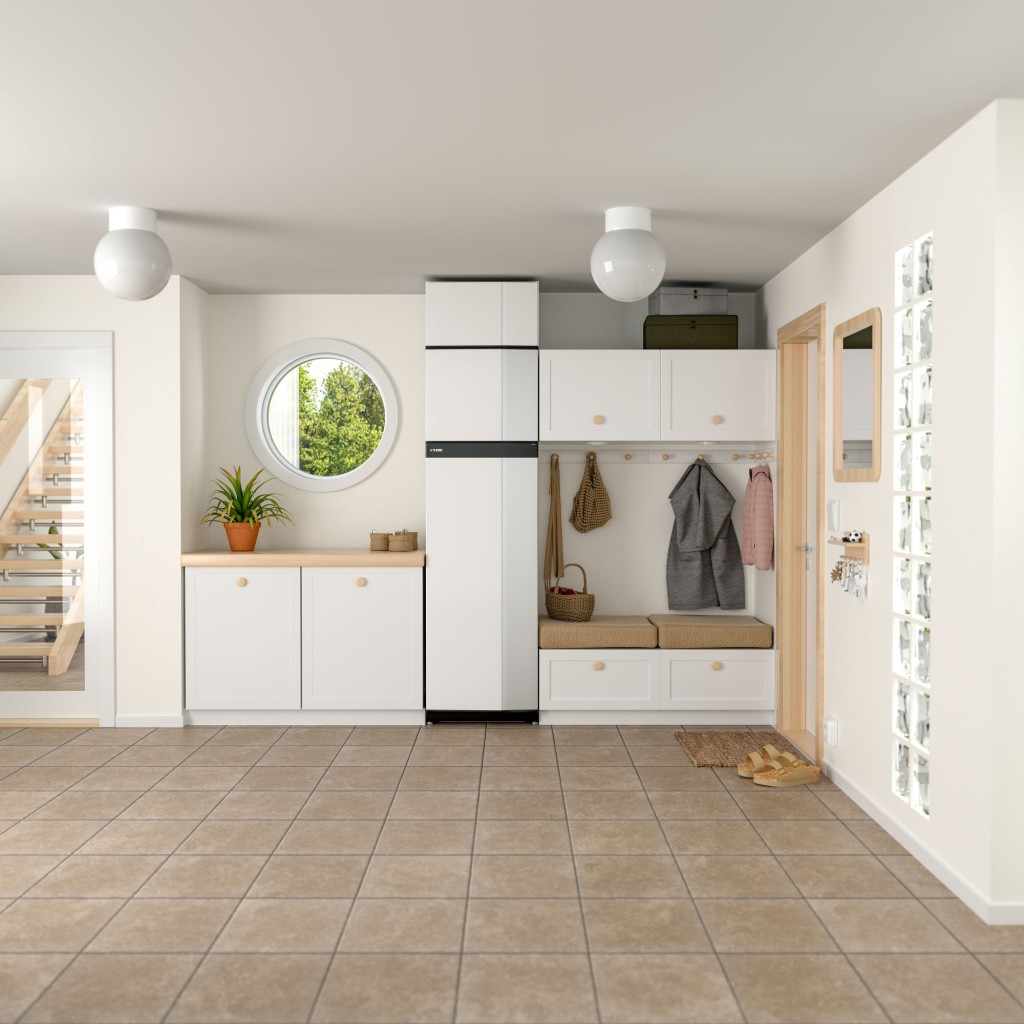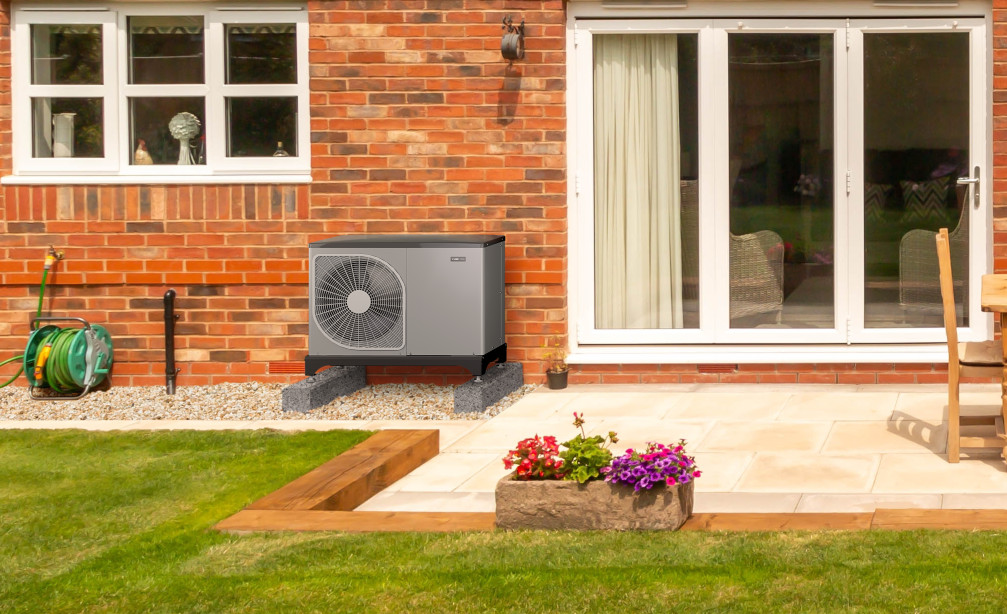Lessons from Europe

The UK is way behind when it comes to heat pump adoption. At the top of the leader board last year was France with 500,000* installs, we sat at around 60,000, falling well short of our own heat pumps targets. Paul Smith, Managing Director of NIBE, considers the factors stalling take-up and what we can learn from more energetic markets.
While the UK has been slow off the mark with heat pumps, this doesn’t mean it’s against sustainable technology – in 2019 we were the first major economy to pass laws to end our contribution to global warming by 2050. In many areas of environmental policy we lead the charge, but when it comes to heat pumps there are a number of factors hampering adoption and definitely some take-aways we should consider from our neighbours across the Channel.
Power struggles
Currently, in the UK, the electricity and gas price ratio (often described as the ‘spark gap’) is 3.97 – the highest in Europe and nearly double the European Heat Pump Association’s (EHPA) recommendation of 2. Anything above 3, on average, brings parity between the cost of running a heat pump vs. a gas boiler, dampening the financial incentive to make a switch.
Renewables are often talked about in terms of ‘saving money’ and ‘return on investment’; a clear selling point for solar photovoltaics (PV). At the moment, heat pumps in the UK can’t always be quantified in this way (although data shows that high efficiency products, installed correctly, will still save on bills, despite the unfavourable spark gap.) The upfront cost of retrofit projects, particularly where major upgrades to the existing heating system need to take place, is also a barrier, even with government subsidies.
In Europe, there is a clear correlation between heat pump take-up and the countries with the smallest spark gap. The Heat Pump Association (HPA) has proposed the introduction of an interim Domestic Heat Pump Tariff Discount to provide a short-term solution to reducing the price of electricity relative to gas. It will be interesting to see if our new government makes any moves in this area.
Goodbye gas
Gas has been an extremely effective means of heating our homes. In Norway, Sweden and Finland where heat pumps have seen the most success, there is no universal gas network; all of these countries largely relied on electric heating, so switching to heat pumps required less of a cultural shift and provided more initial cost benefits. It’s time the UK followed in their footsteps and embraced efficient, clean technology as the norm.
Broadening BUS
The Boiler Upgrade Scheme (BUS) doesn’t currently cover exhaust air heat pumps (EAHPS), which are a key technology for flats, apartments and small footprint houses in urban locations. Not only do EAHPs deliver energy efficient, renewable heating by extracting heat from inside a building, they also provide ventilation which improves indoor air quality.
Heat pump propaganda

We love a bad news story in the UK, and heat pumps have been the whipping boy in recent years. It was revealed at the end of 2023 that an energy trade association paid a public affairs firm to generate hundreds of negative articles and interviews to lobby the UK government on energy policy.
Fears such as ‘ripping out gas boilers’, ‘cold homes’, ‘high bills’ and ‘noisy equipment’ have all been stirred up in the press. Noise in particular is an interesting one – heat pumps are as quiet as fridges in decibel terms. We have done our own research that shows search terms around ‘noisy heat pumps’ are an almost uniquely British concern.
Consumer protection
In Sweden, home to NIBE’s HQ and one of the first places where heat pumps were installed, the VPN or ‘Heat Pump Court’ was set up in 1989; an independent complaints board that homeowners can go to if they feel they have been mis-sold their heat pump or it doesn’t work as it should.
The VPN investigates claims and installers found ‘guilty’ have to resolve the problem at their own cost. Installers don’t always come out at fault – in 40% of cases, the consumer just needs reassurance or guidance on the operation of their heat pump. Heat Pump Court decisions are made public, so consumers can steer clear of substandard installation companies.
The court also encourages heat pump manufacturers to monitor product performance and this data is then used by installers to help raise consumer confidence. NIBE heat pumps can be monitored remotely by homeowners and installers, to visibly demonstrate performance while flagging issues, many of which can also be resolved remotely, saving unnecessary site visits and preventing downtime.
The opportunity
What’s important to note is that while we have been slower off the mark to get going with heat pumps, take-up is now expanding rapidly, with 2024 set to be a bumper year for heat pump installation according to MCS figures. One of key lessons installers, specifiers and homeowners should take from Europe is that heat pumps are here to stay, demand will increase, and it won’t be long until those impressive installation figures make their way to UK shores.
* A caveat on European heat pump figures: in hotter countries, the predominant technology is air-to-air, used largely for cooling. ‘Heatpump coolers’, as they’re described in a recent Nesta report – France, Italy, Spain and Portugal – have seen the highest rate of heat pump installations, a figure that has almost doubled over a decade.







